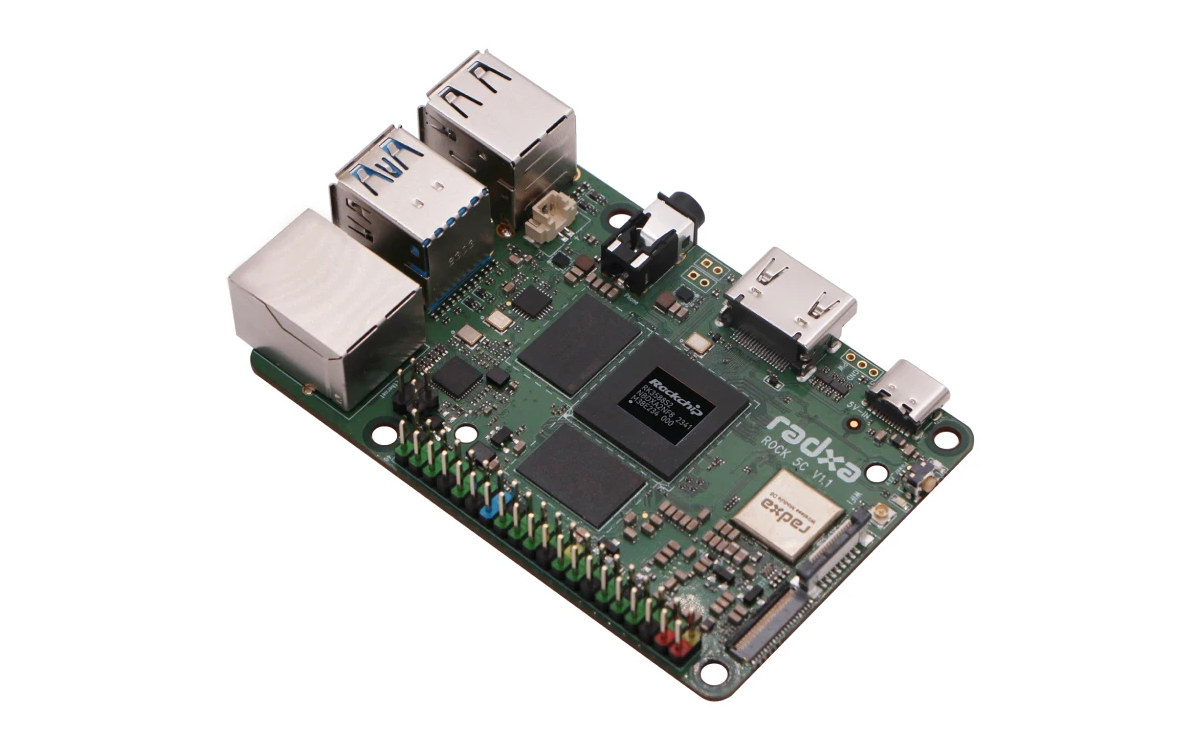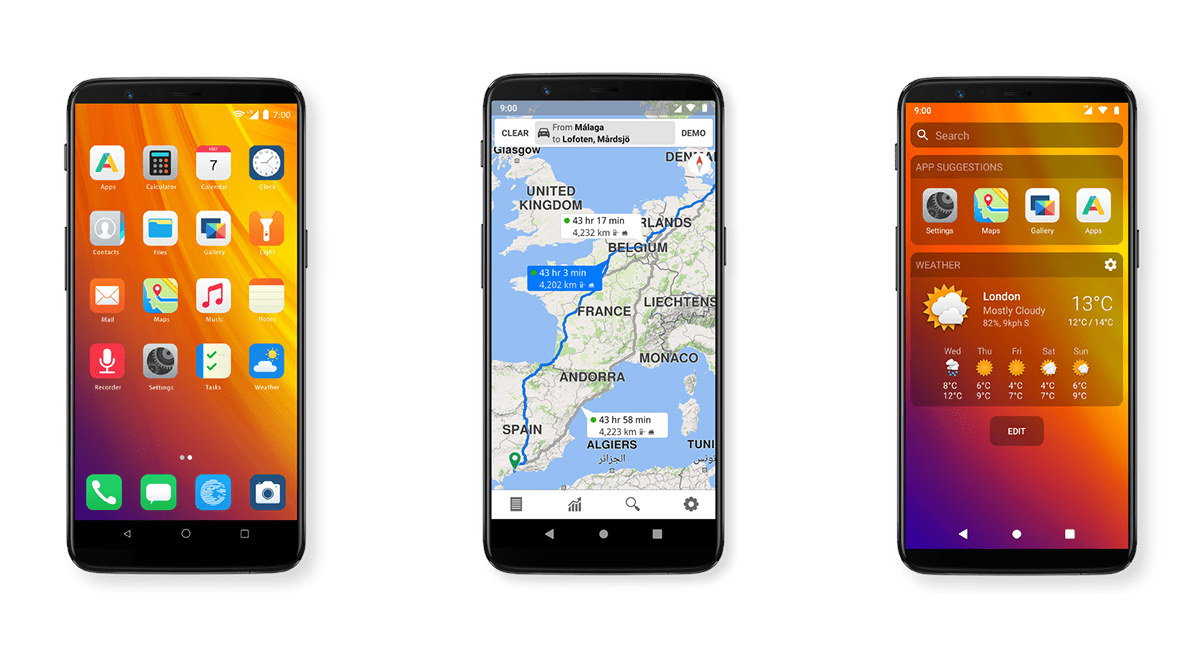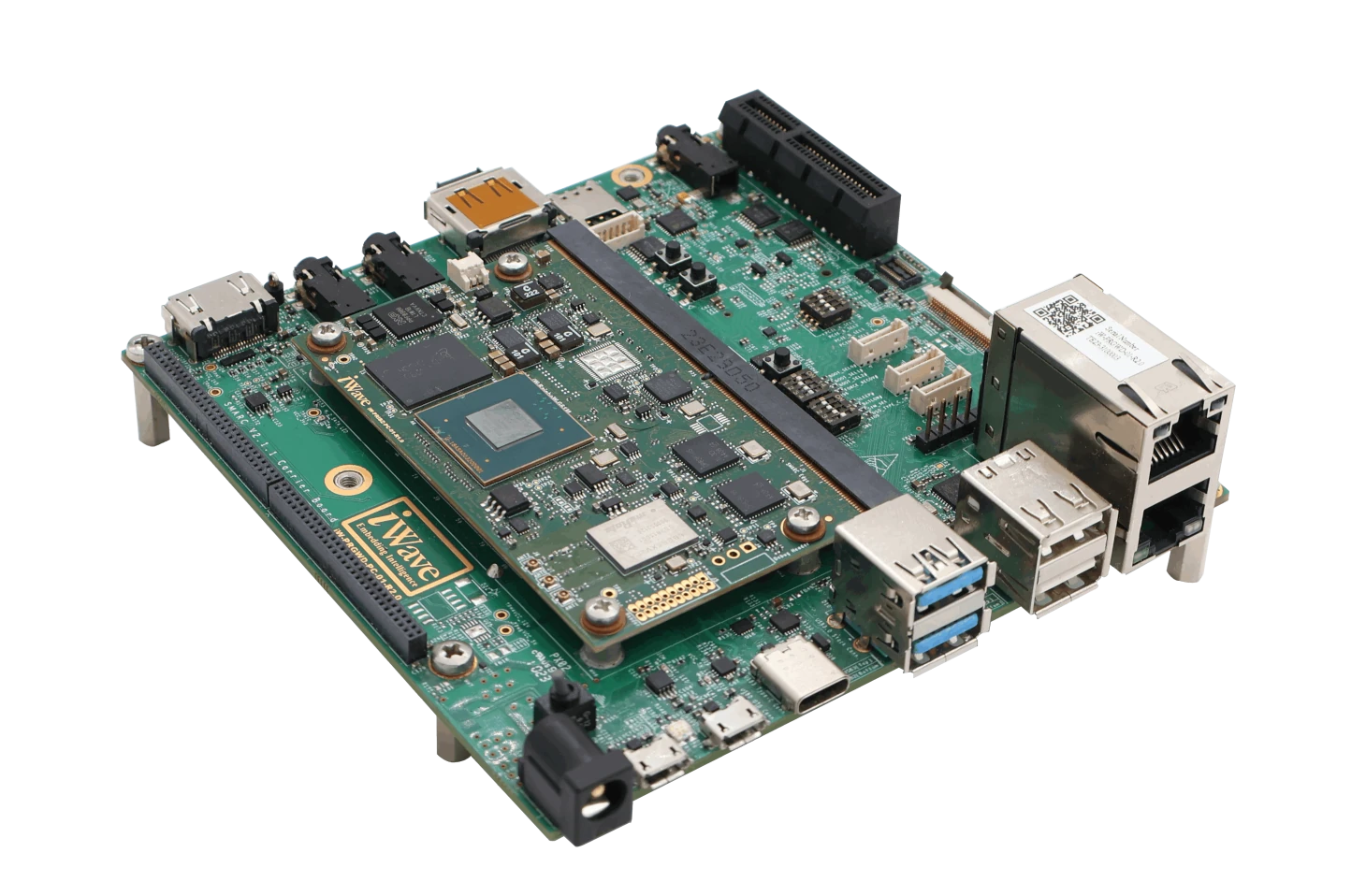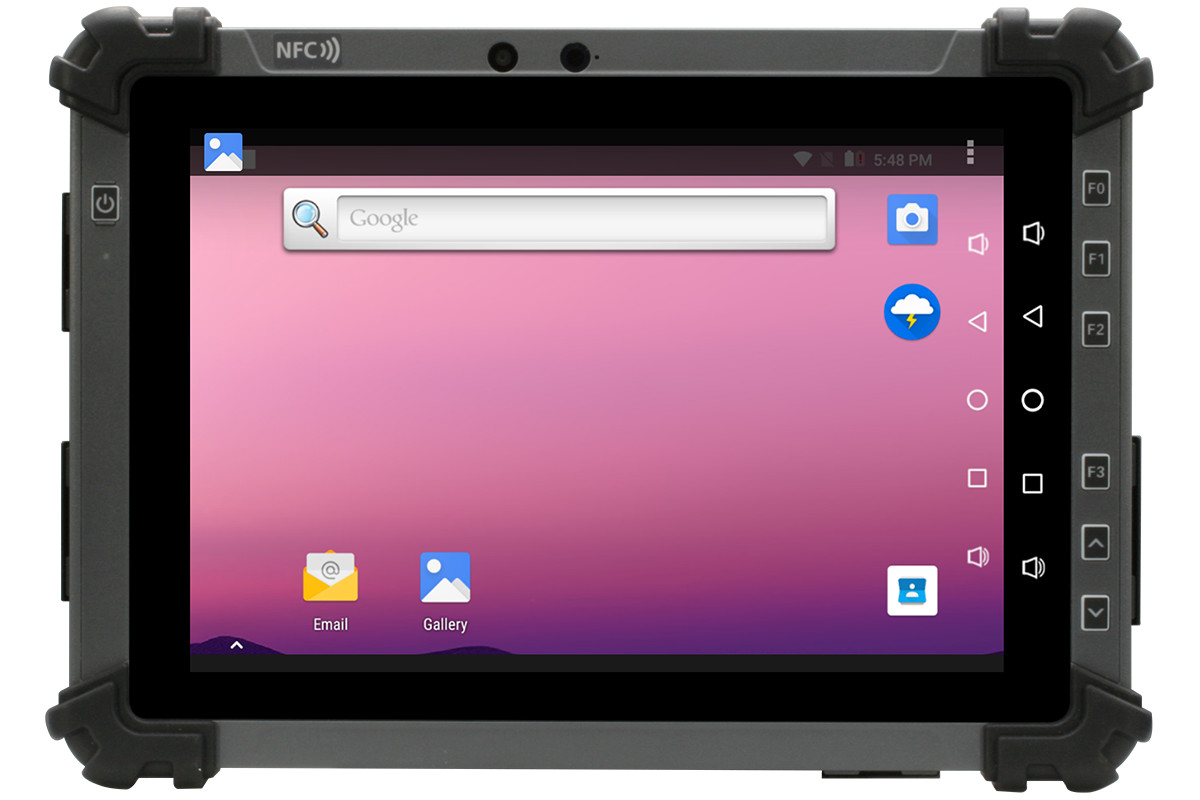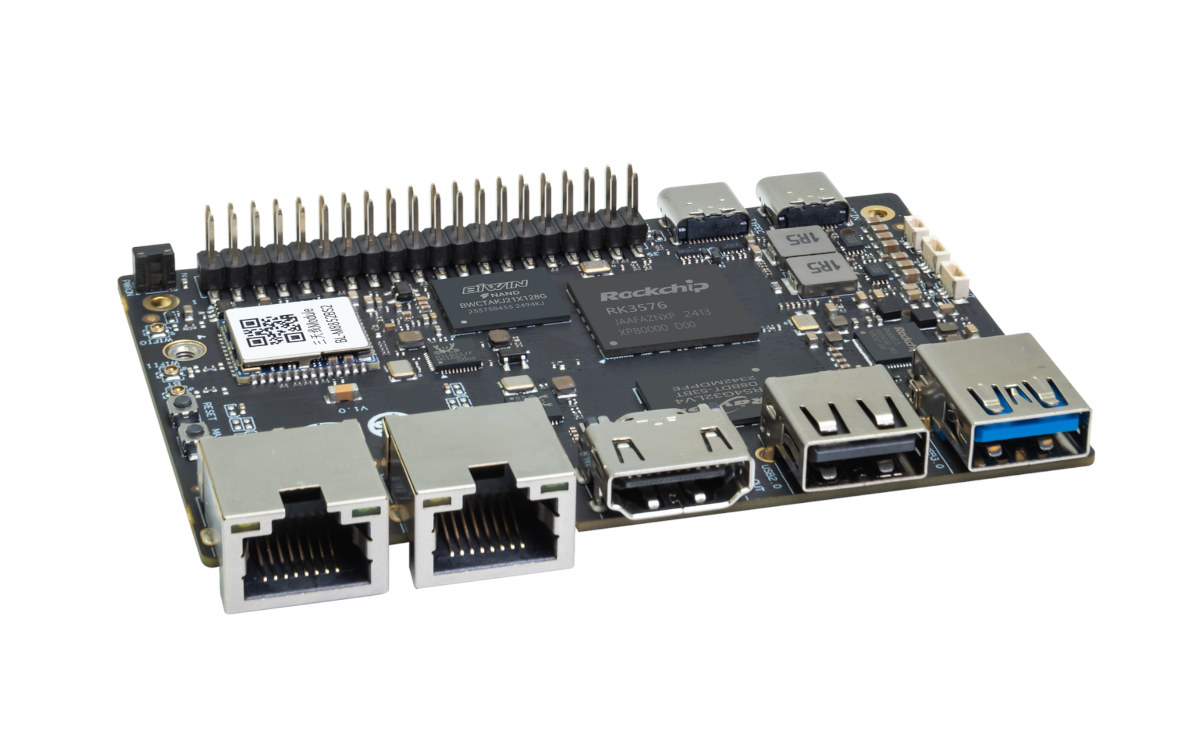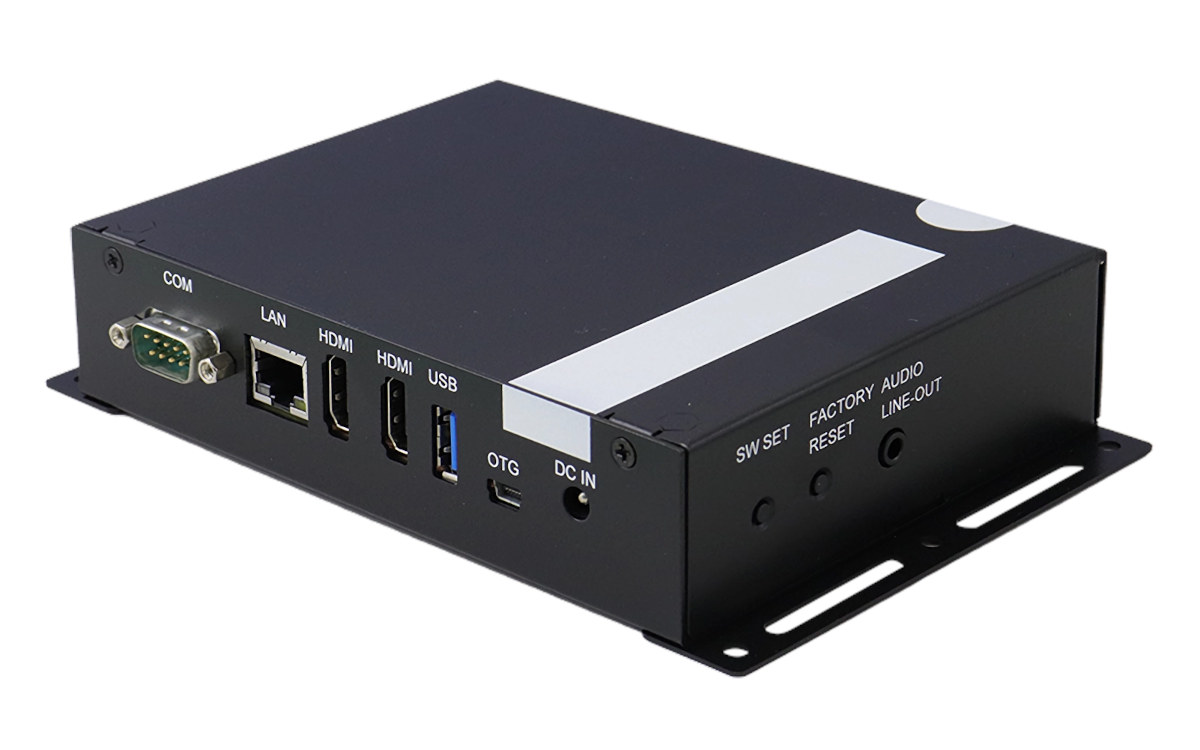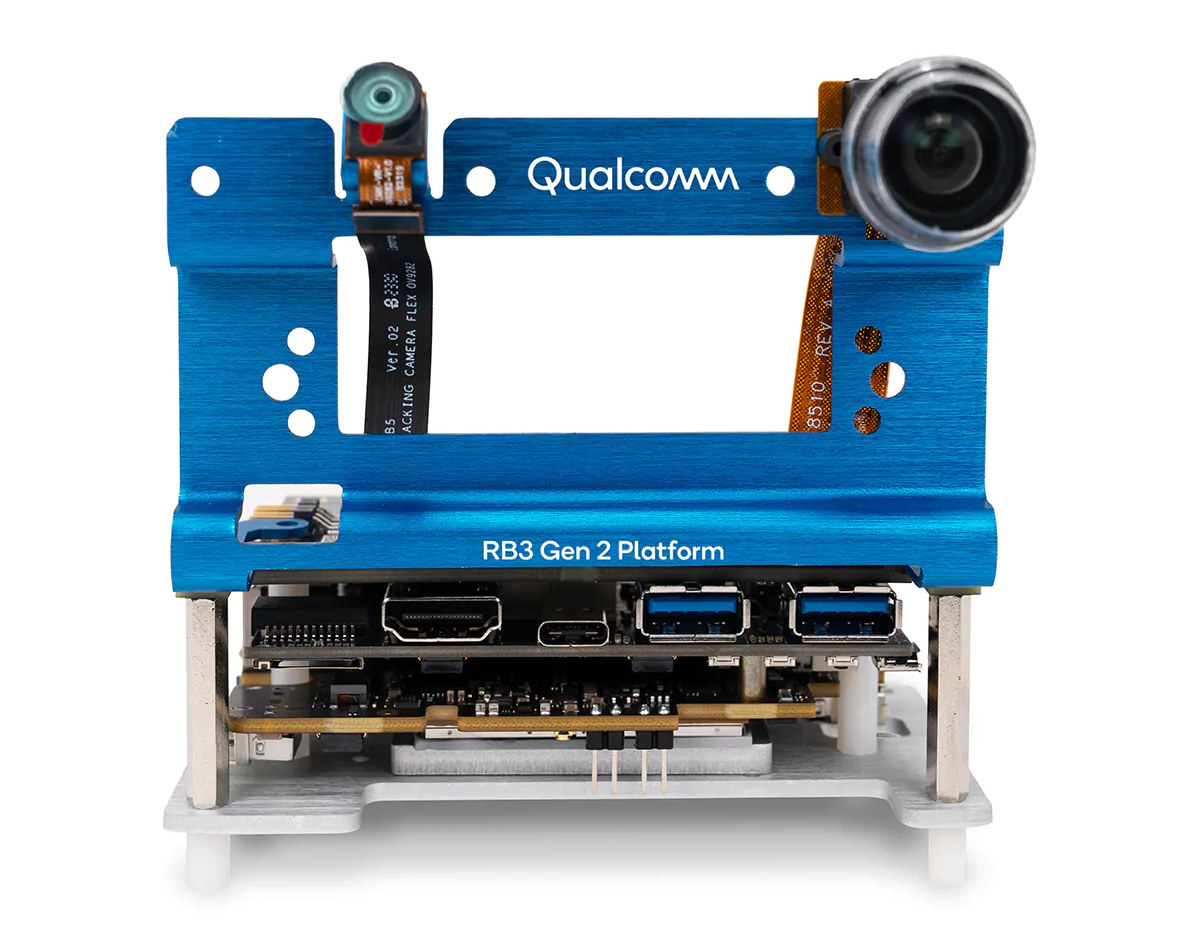First came the ROCK 5B pico-ITX SBC, then the Raspberry Pi 4-sized ROCK 5A board, and now Radxa has launched the Radxa ROCK 5C and 5C Lite single board computers powered by respectively Rockchip RK3588S2 octa-core and RK3582 hexa/octa-core “Lottery” processors. The ROCK 5C (Lite) design is very similar to the ROCK 5A, but there are some notable differences. First, it replaces the two micro HDMI ports with a single HDMI port, then it removes the Key M socket for M.2 wireless modules to make place for a built-in WiFi 6 and Bluetooth 5.4 module plus a Raspberry Pi PCIe FFC connector, and finally, the ROCK 5C does not support an SPI flash module anymore. The specifications of the ROCK 5C and ROCK 5 Lite SBC can be found in the table below. Both processors are new, so let’s have a look. First, how does RK3588S2 differ from RK3588S? They […]
/e/OS v2 privacy-focused, Google-free Android mobile OS released with improved UI, Android Auto support, etc..
The e Foundation has just announced the release of the /e/OS v2 Android-based Google-free open-source mobile operating system with an improved launcher, support for Android Auto, a “Wall of Shame” to identify the most leaking apps and tracker, QR Code scanning support in the camera app, and more. Most Android smartphones come with Google services which may be convenient (and help keep Android free), but come at the loss of the users’ privacy. That’s why the e Foundation started offering e/OS over five years ago to offer a privacy-focused version of Android without Google services on specific phones. The project has evolved over the years, over 200 mobile devices are supported officially and unofficially, and Murena, a for-profit company, has also been established to sell e/OS smartphones and cloud services. /e/OS v2 highlights and changes: Based on LineageOS 20 with the latest bug fixes and security updates (itself based on […]
NXP i.MX 95 SMARC 2.1 system-on-modules – ADLINK LEC-IMX95 and iWave iW-RainboW-G61M
Several companies have unveiled SMARC 2.1 compliant system-on-modules powered by the NXP i.MX 95 AI SoC, and today we’ll look at the ADLINK LEC-IMX95 and iWave Systems iW-RainboW-G61M and related development/evaluation kits. The NXP i.MX 95 SoC was first unveiled at CES 2023 with up to six Cortex-A55 application cores, a Cortex-M33 real-time core, and a low-power Cortex-M7 core, as well as an eIQ Neutron NPU for machine learning applications. Since then a few companies have unveiled evaluation kits and system-on-modules such as the Toradex Titan evaluation kit or the Variscite DART-MX95 SoM, but none of those were compliant with a SoM standard, but at least two SMARC 2.1 system-on-modules equipped with the NXP i.MX 95 processor have been introduced. ADLINK LEC-IMX95 Specifications: SoC – NXP i.MX 95 CPU Up to 6x Arm Cortex-A55 application cores clocked at 2.0 GHz with 32K I-cache and D-cache, 64KB L2 cache, and 512KB […]
Android no longer supports RISC-V, for now…
Google dropped RISC-V support from the Android’s Generic Kernel Image in recently merged patches. Filed under the name “Remove ACK’s support for riscv64,” the patches with the description “support for risc64 GKI kernels is discontinued” on the AOSP tracker removed RISC-V kernel support, RISC-V kernel build support, and RISC-V emulator support. In simple terms, the next Android OS implementation that will use the latest GKI release won’t work on devices powered by RISC-V chips. Therefore, companies wanting to compile a RISC-V Android build will have to create and maintain their own branch from the Linux kernel (ACK RISC-V patches). These abbreviations can be confusing, so let’s focus on them starting with ACK. There’s the official Linux kernel, and Google does not certify Android devices that ship with this mainline Linux kernel. Google only maintains and certifies the ACK (Android Common Kernel), which are downstream branches from the official Linux kernel. One of the main ACK branches is the android-mainline […]
AAEON RTC-1010RK – An RK3399 powered rugged Android 11 tablet with hot-swap battery and IP65 rating
AAEON’s RTC-1010RK is a 10.1-inch (1280 x 800) rugged tablet powered by a Rockchip RK3399 processor and can be equipped with up to 4GB LPDDR4 memory and 128GB eMMC flash. It offers robust connectivity with Wi-Fi, Bluetooth, and optional 4G LTE and Ethernet. It also supports GPS + GLONASS (Default), and BeiDou (Optional) for navigation. The RTC-1010RK is an IP65-rated tablet with protection against dust and water splashes. Additionally, it has programmable function keys, NFC/smart card readers, front (8MP) and rear (8MP) cameras, and the option to add a barcode scanner. The hot-swappable battery in the tablet ensures uninterrupted power, making it ideal for demanding field and industrial applications. It’s not the first rugged tablet from AAEON, as previously, we have written about the AAEON RTC-710AP 7-inch rugged tablet and the AAEON RTC-1010M Windows 10-based semi-rugged tablet. We also reviewed the Higole F7G Plus rugged tablet. Feel free to check […]
Banana Pi BPI-M5 Pro low-profile SBC features Rockchip RK3576 octa-core Cortex-A72/A53 AIoT SoC
Banana Pi BPI-M5 Pro, also known as Armsom Sige5, is a low-profile single board computer (SBC) powered by the Rockchip RK3576 octa-core Cortex-A72/A53 SoC for the AIoT market that offers a mid-range offering between Rockchip RK3588 and RK3399 SoCs. The board comes with 16GB LPDDR4X and 128GB eMMC flash by default, offers dual GbE, WiFi 6 and Bluetooth 5.2 connectivity, an M.2 2280 PCIe socket for expansion, HDMI and MIPI DSI display interfaces, two MIPI CSI camera interfaces, a few USB ports, and a 40-pin GPIO header. Banana Pi BPI-M5 Pro specifications: SoC – Rockchip RK3576 CPU 4x Cortex-A72 cores @ 2.2GHz, four Cortex-A53 cores @ 1.8GHz Arm Cortex-M0 MCU at 400MHz GPU – ARM Mali-G52 MC3 GPU with support for OpenGL ES 1.1, 2.0 and 3.2, OpenCL up to 2.0 and Vulkan 1.1 NPU – 6 TOPS (INT8) AI accelerator with support for INT4/INT8/INT16/BF16/TF32 mixed operations. VPU Video Decoder: […]
IBASE ISR500 fanless Edge AI computer and digital signage player features MediaTek Genio 510 or 700 SoC
IBASE Technology ISR500 is a fanless digital signage player and Edge AI computer powered by either a MediaTek Genio 510 hexa-core Cortex-A78/A55 processor or Genio 720 octa-core Cortex-A78/A55 SoC with a real-time AI performance up to 3.2 TOPS. The system ships with 4GB RAM and 64GB eMMC flash, features two HDMI video outputs, a gigabit Ethernet port, a few USB ports, a 3.5mm audio jack, a COM port, and an M.2 socket for wireless expansion. IBASE ISR500 specifications: SoC (one or the other) MediaTek Genio 700 (MT8390) Octa-core CPU – Dual-core Cortex-A78 @ 2.2GHz with 256KB L2 cache, hexa-core Cortex-A55 @ 2.0GHz with 128KB L2 cache, shared 2MB L3 cache GPU – Arm Mali-G57 MC3 with support for OpenGL ES 1.1/2.0/3.2, Vulkan 1.0/1.1, OpenCL 2.2 AI accelerator – Tensilica VP6 MediaTek APU 3.0 up to 3.2 TOPS VPU Video Encode – 4Kp30 H.265/H.264 Video Decode – 4Kp75, AV1, VP9, H.265/H.264 […]
Qualcomm RB3 Gen 2 Platform with Qualcomm QCS6490 AI SoC targets robotics, IoT and embedded applications
Qualcomm had two main announcements at Embedded World 2024: the ultra-low-power Qualcomm QCC730 WiFi microcontroller for battery-powered IoT devices and the Qualcomm RB3 Gen 2 Platform hardware and software solution designed for IoT and embedded applications based on the Qualcomm QCS6490 processor that we’re going to cover today. The kit is comprised of a QCS6490 octa-core Cortex-A78/A55 system-on-module with 12 TOPS of AI performance, 6GB RAM, and 128GB UFS flash connected to the 96Boards-compliant Qualcomm RBx development mainboard through interposer, as well as optional cameras, microphone array, and sensors. Qualcomm QCS6490/QCM6490 IoT processor Specifications: CPU – Octa-core Kryo 670 with 1x Gold Plus core (Cortex-A78) @ 2.7 GHz, 3x Gold cores (Cortex-A78) @ 2.4 GHz, 4x Silver cores (Cortex-A55) @ up to 1.9 GHz GPU – Adreno 643L GPU @ 812 MHz with support for Open GL ES 3.2, Open CL 2.0, Vulkan 1.x, DX FL 12 DSP – Hexagon […]


